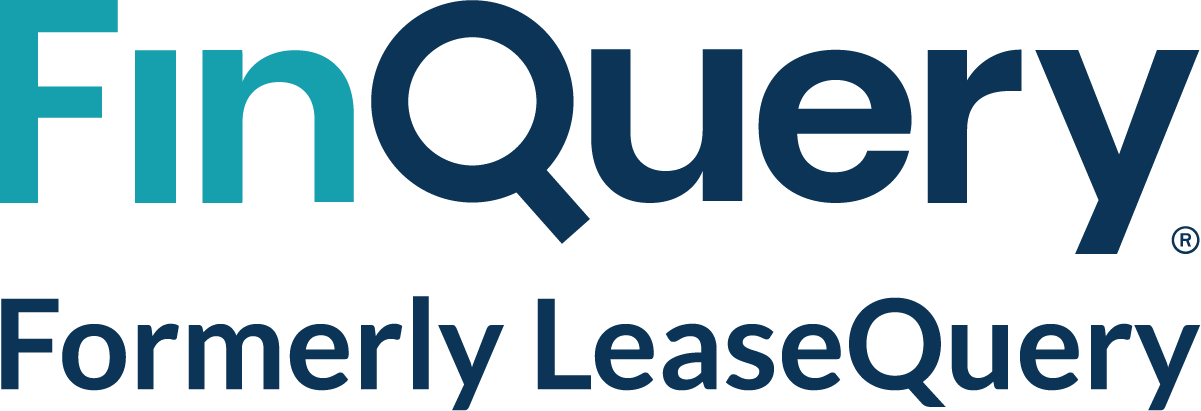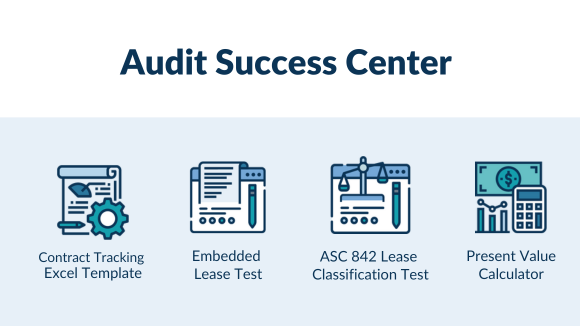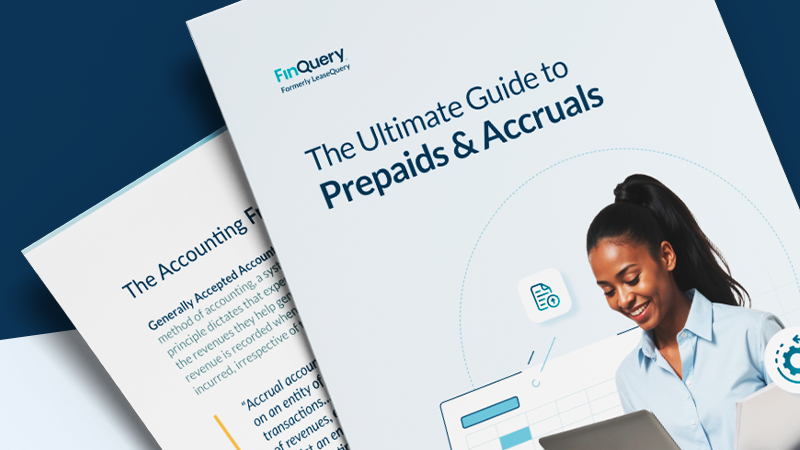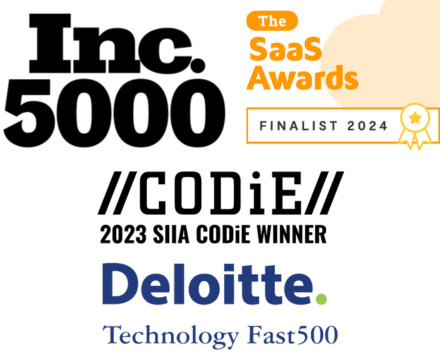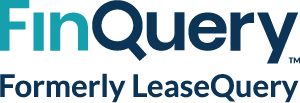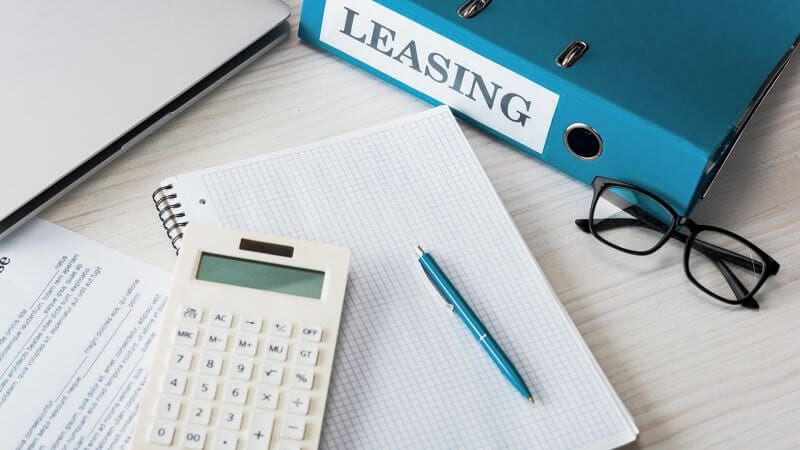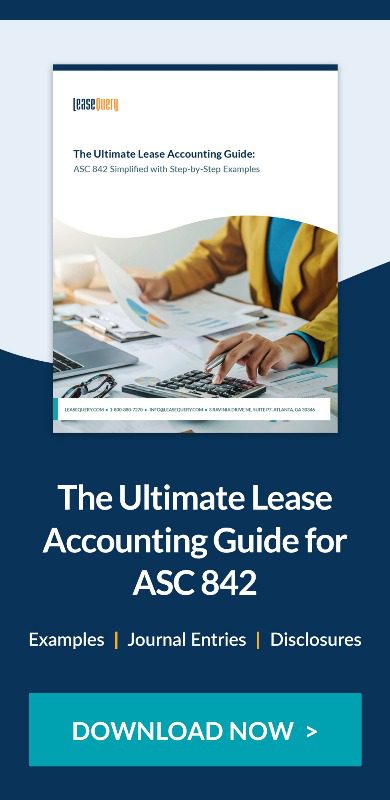For a simple operating lease, calculating the straight-line rent expense involves summing the total cash payments and dividing the total payments by the number of months within the lease term. However, calculating the straight-line rent expense for a more complex operating lease can be challenging as there are several factors to consider, such as:
- What if the payments escalate throughout the lease term?
- What if complete access or rights to the underlying asset is not granted at the beginning of the lease term?
- What if a period of free rent is granted?
In our experience of talking to both small and large companies, understanding and remembering the timing of rent escalations and abatements can be difficult. These scenarios not only impact the rent expense but will also affect the lease liability and ROU asset that must be recognized on the balance sheet under ASC 842. This article will explain how to properly account for rent abatement and periods of free rent under ASC 842.
What is rent abatement?
In a commercial lease agreement, rent abatement is a time period in which the tenant/lessee is not required to make rental payments or is granted reduced rental payments. Rent abatement can occur for a number of reasons; for example, a tenant may be granted early access to the leased asset without making additional rent payments. Rent abatement could also be granted during periods of construction to the underlying asset. We have read lease agreements that specify a rent holiday where the tenant is relieved of payment for a specific month (i.e., the anniversary of lease commencement). Landlords may provide these types of rent abatements as lease incentives meant to induce the tenant to sign the contract.
Historically, these periods of free rent or rent reductions are offered during the normal course of business. We will walk through a comprehensive example of certain rent abatements we’ve seen in the normal course of business to understand the accounting treatment and the financial statement impact under ASC 842.
Example: Accounting for rent abatement and rent-free periods under ASC 842
Assume a tenant and landlord agree to the following lease terms:
- Lease Commencement: July 1, Year 1
- Lease Term: 2 years
- Property: 100,000 square feet (sq. ft.)
- Payments: $200,000 per month
- Escalation: 3% annually
- Incremental Borrowing Rate: 2%
Significant improvements are required to get the property ready for the tenant’s use, so the landlord allows the tenant to use only 10,000 sq. ft. starting April 1, Year 1. Because the space is in the same building, each square foot in the first 10,000 occupied is deemed to have the same fair value as each square foot in the total 100,000 sq. ft. building.
In addition, let’s assume the tenant was granted early access to the 10,000 sq. ft. space on January 1, Year 1, and that there was no rent charged from January – March Year 1.
After considering the facts above, the following inputs would be used in the lease analysis:
- Rent-free Period: January Year 1 – March Year 1
- Construction period: April – June Year 1
- Access during construction: 10,000 sq. ft.
- Payments during construction: $17,500 per month
The payment details are presented in the payment schedule below:
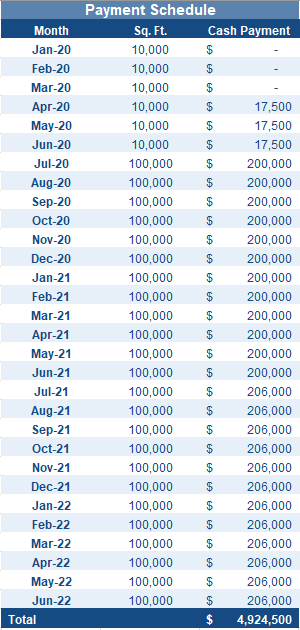
Landlords often increase lease payments over the lease term to account for inflation and/or the time value of money. In keeping with GAAP, we will capture the expense on a straight-line basis.
As mentioned above, applying the straight-line method includes evenly recognizing the expense associated with the total payments throughout the lease term. In our example, the tenant will make lease payments of $4,924,500 over 30 months. However, because the lease did not relate to the same amount of space for the entire lease term, the straight-line lease expense recognized is not consistent over the terms of the arrangement.
Per ASC 842-20-25-6a, lease cost is “allocated over the remaining lease term on a straight-line basis unless another systematic and rational manner basis is more representative of the pattern in which the benefit is derived from the right to use the underlying asset.”
Suppose the rent escalation is in relation to an increase in the asset that the lessee has control over. In that case, it must be allocated proportionately to the fair value of the space that the tenant has control over. In our example, the total payments must be allocated between the first 10,000 sq. ft. accessed from January to June and the additional 90,000 sq. ft. accessed starting in July, Year 1. Let’s assume each square foot in the first 10,000 occupied is deemed to have the same fair value as each square foot in the total 100,000 sq. ft. building.
The aggregate square footage the lessee has access to over the entire lease term is 2,460,000. To allocate the fair value proportionately, the lessee calculates the percentages in which it has access to based on the total square footage. The first six months of 10,000 sq. ft. access represent 2% of the total square footage (60,000 / 2,460,000). Two percent of the total cost is $120,110 ($4,924,500 x 2%). When $120,110 is divided by the number of months the tenant has access to only 10,000 sq. ft., the monthly expense is $20,018 ($120,110 / 6 months).
Starting July 1, Year 1, the tenant obtains full access to the 100,000 sq. ft. space for the remainder of the lease term. Applying 98% (2,400,000 / 2,460,000) to the total cost results in $4,804,390 (98% x 4,924,500), which will be evenly distributed across the remaining 24 months of the lease term.
The monthly expense of $200,183 ((98% * $4,924,500) / 24 months) is for the period July 1, Year 1 through June 30, Year 2.
By the end of the lease term, the lessee will have recorded total cash and total expense of $4,924,500.
Under ASC 842, in the scenario we’ve outlined above, the tenant first determines the present value of the lease payments over the full 30-month lease term to be $4,783,834. This is the beginning lease liability balance. In this case, the ROU asset equals the lease liability calculated at lease commencement. The lessee records the following journal entry on January 1, Year 1:

The amortization schedule and corresponding journal entries below demonstrate the accounting for our example over the life of the lease for a company that has transitioned to ASC 842.
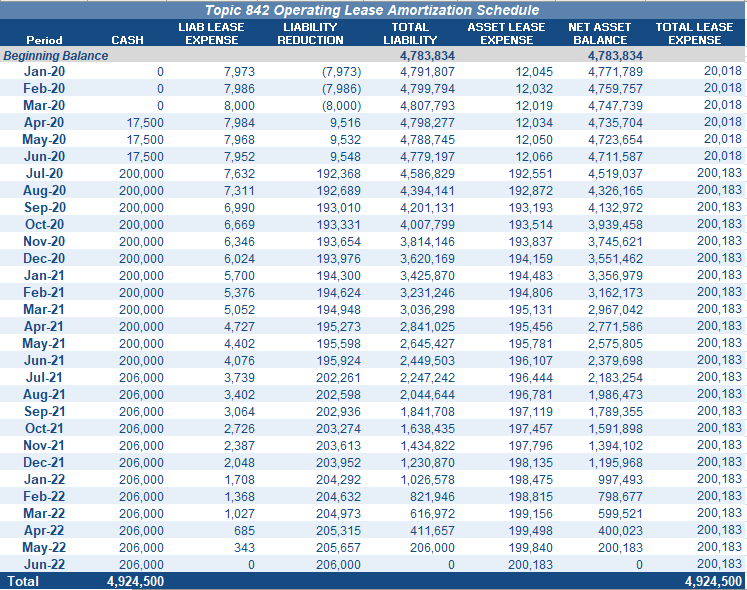
The amortization schedule shows the lessee making total cash payments of $4,924,500 and recognizing total lease expense of $4,924,500. Additionally, the lessee is amortizing the lease liability and ROU asset to $0 by the end of the lease term.
At the end of January Year 1, the tenant recognized the rent expense and impact to the liability and ROU asset as follows:

Because there was no payment made in the first three months of the lease, the entries recognized in each of these subsequent months will result in an overall increase of the liability.
The tenant made its first payment of $17,500 in April Year 1, which results in a portion of the payment allocated to reduce the outstanding obligation. The ROU asset continues to be amortized in the current month. The journal entry for April Year 1 is as follows:

In July Year 1, the tenant will have full access to the 100,000 sq. ft. building, and the monthly rent payments will increase to $200,000. The journal entry for July Year 1 is as follows:

Finally, in July Year 2, the monthly lease payments will increase by 3%, and the tenant will record the following journal entry:

Summary
Rent abatement can include periods of free rent or reduced rent. Understanding the timing of the payments is important in determining the impact on both the income statement and balance sheet. Under both ASC 840 and ASC 842, the rent expense of an operating lease is recorded on a straight-line basis unless another systematic and rational basis is more representative of the timing of the lease. Periods of free rent, rent abatements, and escalating payments are all factored into a straight-line rent expense calculation. For lease payments that escalate due to the tenant gaining access to additional assets, the expense will be recognized in proportion to the additional leased property.
The lease liability and ROU asset recorded under ASC 842 are dependent upon the present value of total lease payments over the lease term. The timing and amount of payments or non-payment periods will impact the reduction of the lease liability and ROU asset.
